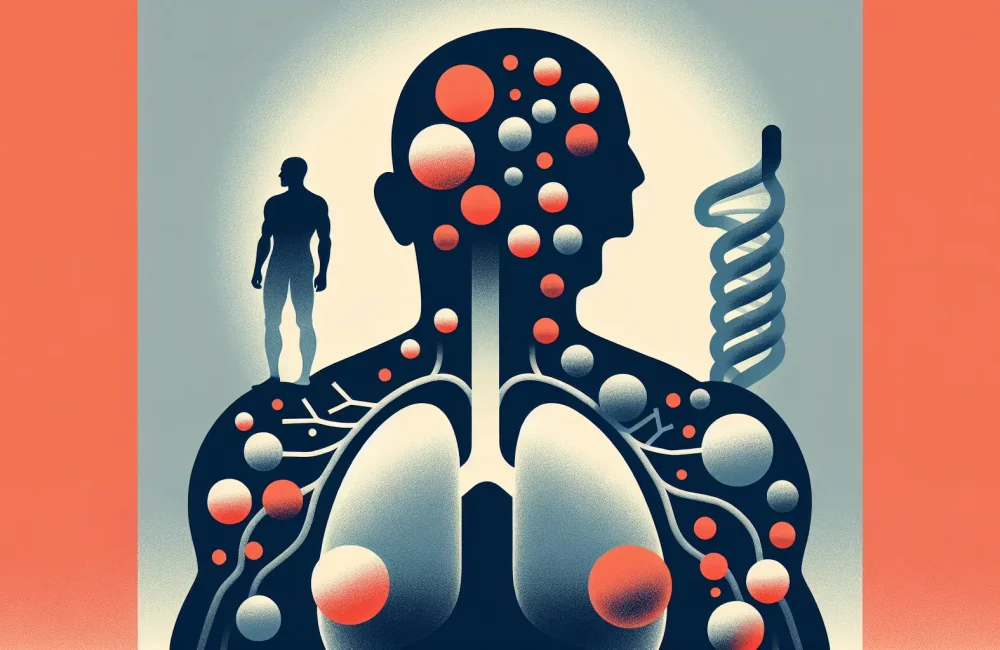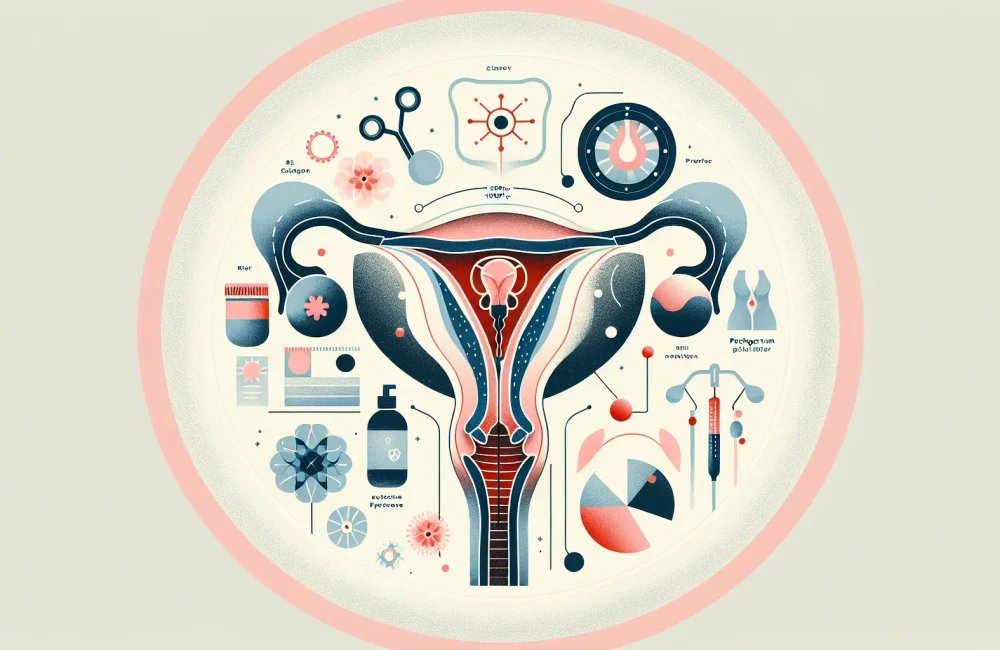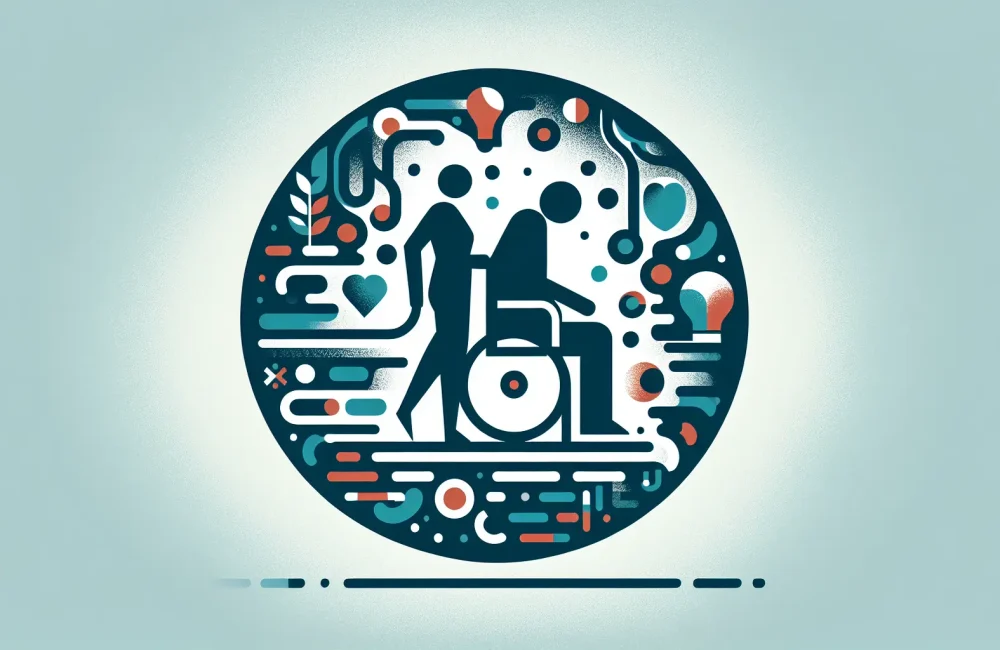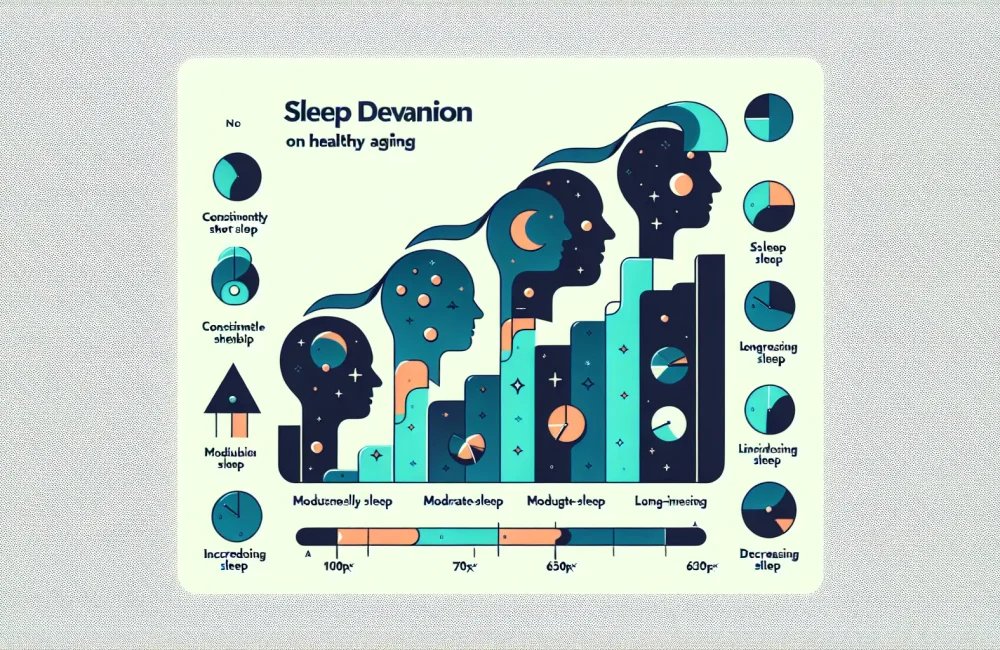By CAFMI AI From Frontiers in Medicine (Open Access)
Overview of Frailty in Elderly Patients
Frailty in elderly patients is characterized by decreased physiological reserve and increased vulnerability to stressors, leading to higher risks of adverse health outcomes. Understanding its progression is crucial for identifying patients who may benefit from tailored interventions and advance care planning. This review highlights key markers of frailty and discusses its implications for prognosis and care management.
Strategies for Screening and Managing Frailty
Effective screening tools can help clinicians identify frailty early in primary and specialty care settings. Interventions include multidisciplinary approaches involving nutrition, physical therapy, and social support. Timely palliative care referrals and communication about prognosis can improve patient outcomes. The review underscores the importance of continuous assessment and individualized care plans to address the dynamic nature of frailty.
Clinical Implications and Healthcare Workflow Integration
From a clinical standpoint, the implications of this review underscore the need for systemic changes in how frail elderly patients are managed in primary and specialty care settings. For U.S.-based clinicians, integrating frailty screening into routine workflows can act as an early warning system, prompting more detailed evaluations and timely care adjustments. Interdisciplinary collaboration between primary care providers, geriatricians, palliative care specialists, and social services is imperative to create seamless, patient-centered care pathways. Counseling patients and families about disease progression and end-of-life options must be approached sensitively and repeatedly, as this dialogue can reduce anxiety and enhance shared decision-making. Follow-up systems should be designed to monitor frailty progression and revisit care goals regularly to adapt to changes promptly. Additionally, clinical guidelines should emphasize the importance of advance care planning and provide practical frameworks for implementation. By embracing these clinical workflows and strategies, healthcare professionals can improve outcomes, reduce avoidable hospital readmissions, and ultimately enhance the quality of life for frail older adults approaching the end of life.
Read The Original Publication Here






